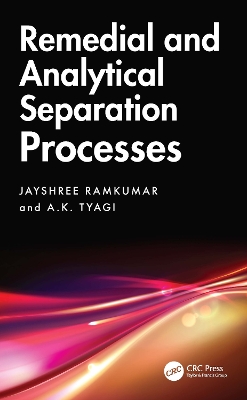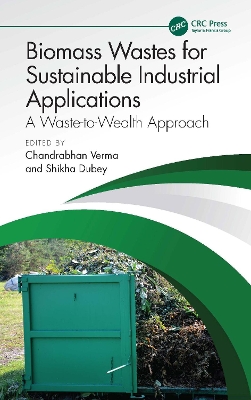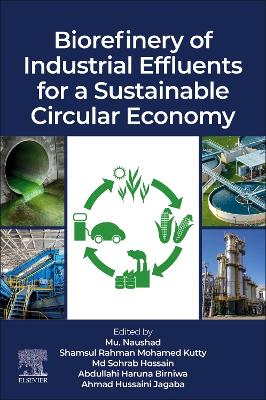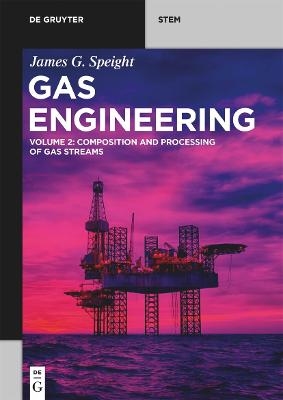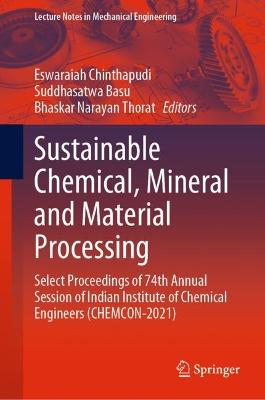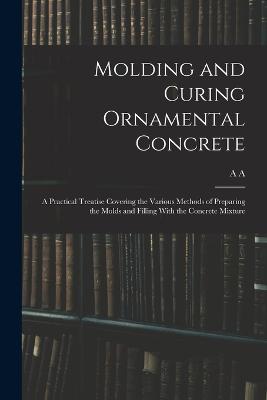Engineering Technologies for Renewable and Recyclable Materials
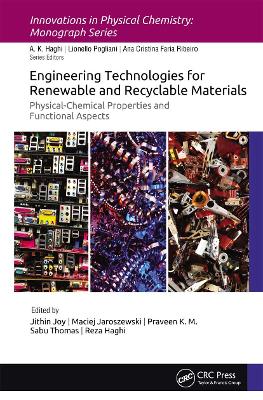 portes grátis
portes grátis
Engineering Technologies for Renewable and Recyclable Materials
Physical-Chemical Properties and Functional Aspects
Joy, Jithin; Jaroszewski, Maciej; K.M., Praveen; Thomas, Sabu; Haghi, Reza
Apple Academic Press Inc.
03/2021
346
Mole
Inglês
9781774635339
15 a 20 dias
640

